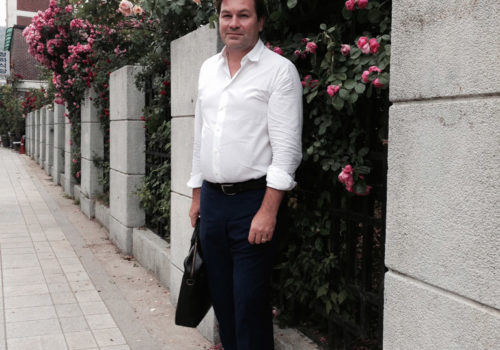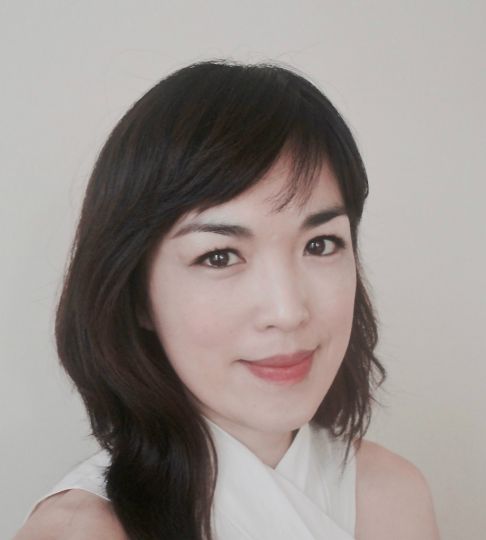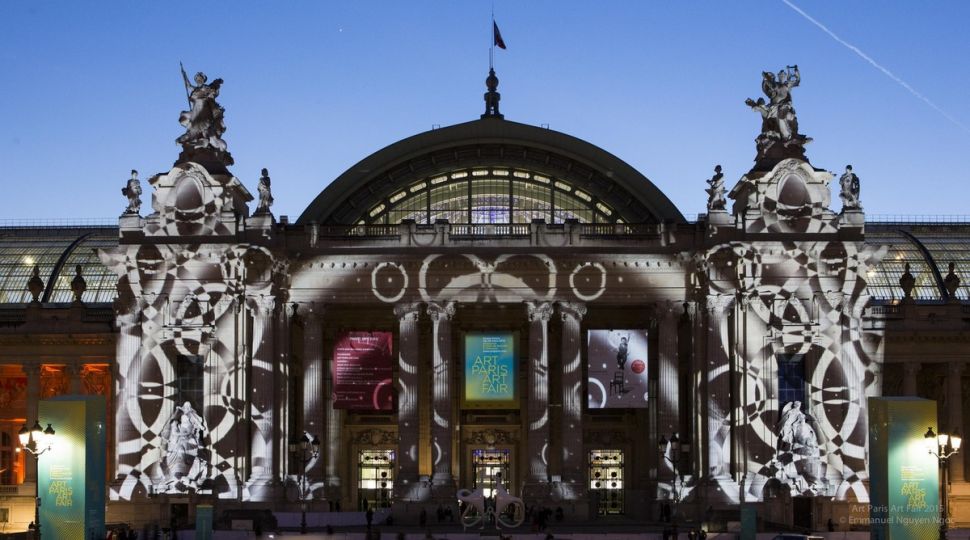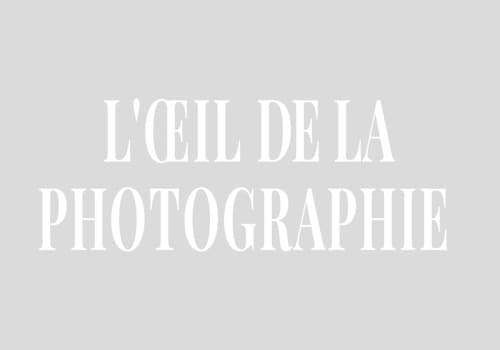For 2016 the Art Paris Art Fair welcomes 143 galleries from 22 countries. The focus this year is on the European art scene while the guest-nation-of-honor is South Korea, with a collection of the work of 80 artists selected by curator Sang-A Chun. A new addition this year is Bus Expo which offers itinerant exhibitions roaming the French capital until mid-April.
Marie de La Fesnaye met with the grand organizer of this Parisian spring event, Guillaume Piens, to highlight some of this year’s rich offerings.
Why was cosmopolitan regionalism the winning concept?
Nowadays, art is on the fast track in the art market: art fairs are multiplying (there are nearly 200), each a variation on the same model, which leads to a loss of identity. In the face of pervading standardization, it is important to recover the notion of singularity, originality. One way to do this is to return to the idea of territory and explore European regions by showcasing mid-sized cities that are home to vibrant art scenes where artists work together independently of current trends. Another way is to open new ground for art from distant shores.
What kind of developments have you observed in the art market over the past years?
Mainly, the globalization of contemporary art and the multiplication of art fairs in ever-more remote parts of the world, which generates a lot of attention and interest, with new audiences and new buyers. At the market level, one of the main changes is the role of the collector who has become the principal trendsetter at the expense of museums or art critics, or even galleries. Collectors are now starting their own museums and foundations, funding awards and artists’ residencies. At the level of galleries, we are seeing the emergence of mega-galleries that absorb and sanction everything. It is necessary to support the pioneering work of discovery undertaken by mid-size galleries that I prefer to call “auteur” galleries. This is why this year’s Art Paris Art Fair is, for example, hosting some fifteen regional French galleries that do excellent work, such as Oiniris in Rennes, Jean-Pierre Ritsch Fisch in Strasbourg, or François Besson in Lyon.
What’s new in the 2016 edition of the fair?
Each year’s theme completely transforms the fair, as for instance our “Promises” section which features emerging artists.
The Solo Show section presents 20 personal exhibitions, many by women artists, which helps enhance the legibility of the fair by allowing the public to get an in-depth look at the work of a single artist.
We have launched a partnership with Bus Expo, offering an itinerant exhibition of five solo shows (Geneviève Caisse, Katinka Lampe, Hervé di Rosa, Antoine Roegiers, Fadi Yazigi) from March 17 through April 5 on Air France buses. It’s a beautiful project that circulates contemporary art throughout the city.
On the north and south walls of the nave of the Grand Palais, we are inaugurating a new cycle featuring either historical works to be rediscovered or contemporary creations.
Lastly, every evening, the public will be able to watch digital projections on the façade of the Grand Palais. These projections were designed by six artists, including three Koreans: Kim Joon, Moon Pil Shim, and Col.l.age, who are known for on digital art.
How did Korea come to be the guest of honor?
This thematic approach took on real depth as it covers 36 Korean and Western galleries representing 80 artists rarely seen in Paris. The exceptional lineup is immediately visible as the visitor walks through the door with the monumental work “Flash Wall” by Kiwon Park (313 Art Project) which represents a wall that not only evokes the separation of the two Koreas but also the desire for peace expressed by messages that visitors can pin to it.
What is the place of the image, and of Korean photography, in this edition?
Image has the pride of place, with a curious phenomenon we are seeing of photo galleries coming to present paintings, like the galleries Baudoin Lebon and Filles du Calvaires. Françoise Paviot also made a big splash this year with a nice selection of creative photography, including Dieter Appelt and many women artists. Nathalie Obadia is showing Valérie Belin and Andres Serrano; the Silk Road Gallery from Teheran features the young Iranian photography vanguard (Shadi Ghadirian, Newsha Tavakolian, and Tahmineh Monzavi); Analix Forever presents the work of two Americans: Janet Biggs and Dana Hoey; Pascal Vanhoecke showcases José Manuel Ballester, a Spanish artist focusing on the image.
In the “Promises” section, we have the Zurich gallery Bildhalle, also focused on new iconographies with Delphine Burtin and Douglas Mandry. London’s White Space is showing the famous Lithuanian Antanas Sutkus, as well as Russian artists; while Luxembourg’s Wild Project is presenting Sabine Pigalle as well as Jeann Susplugas. Among the French exhibitors, the newcomer Galerie Cinéma bridges photography and cinema with Depardon and Cédric Klapisch; the Madé Gallery is showcasing Jean-François Lepage; and François Besson, the work of Dolores Marat. Also notable is the Binôme Gallery, which specializes in new iconographies, with Thubault Brunet. Working at the boundary of performance, Nils Udo is shown by the Claire Gastaud Gallery while Fabian Miller by Gimpel & Müller, originally focused on geometric abstraction. Geographic diversity also opens up faraway horizons: Chinese with Liu Bolin or the Gao Brothers at Boxart, next to the Colombian gallery La Balsa Arte featuring the work of Jesus Abad-Colorado. We also have African photography, for example at the Magnin-A gallery which showcases Seydou Keïta whose exhibition has just opened at the Grand Palais.
Among Korean photographers we appreciate the pioneering work bridging Paris and Beijing, notably the young photographer Jeong-me Yoon who focuses on consumer society. At the RX Gallery, we have Bae Bien-U whose approach to nature draws on Buddhism and shamanism. Kim Dae-Soo at the Françoise Livinec Gallery also works on the relationship with nature, which is an interesting motif for understanding the South Korean scene. Digital art world and mixed and futuristic techniques are another recurrent themes in photography, notably with Yun Soo Kim who uses composite images. Photography is a valued medium among the young artists in the Land of the Morning Calm because it takes on social criticism and describes the accelerated social changes. It explores consumer society, social divisions, the traumas of contemporary history, with the advantage of offering fairly accessible prizes (around 5,000 euros).
It is thanks to the Art Paris Art Fair that my vision has opened up since Paris Photo onto these new iconographies which have become the current language of photography.
One last question: Can you tell us what next year’s theme will be?
Africa with Marie-Yann Yemsi as curator and a real African Paris!
FAIR
Art Paris Art Fair
From March 31st to April 3rd, 2016
Grand Palais
75008 Paris
France
http://artparis.com



















